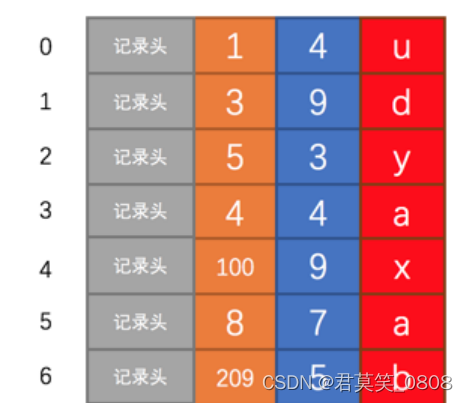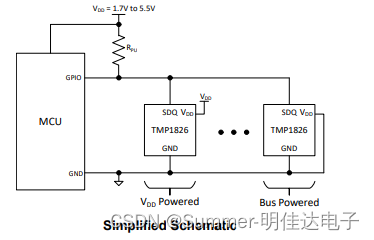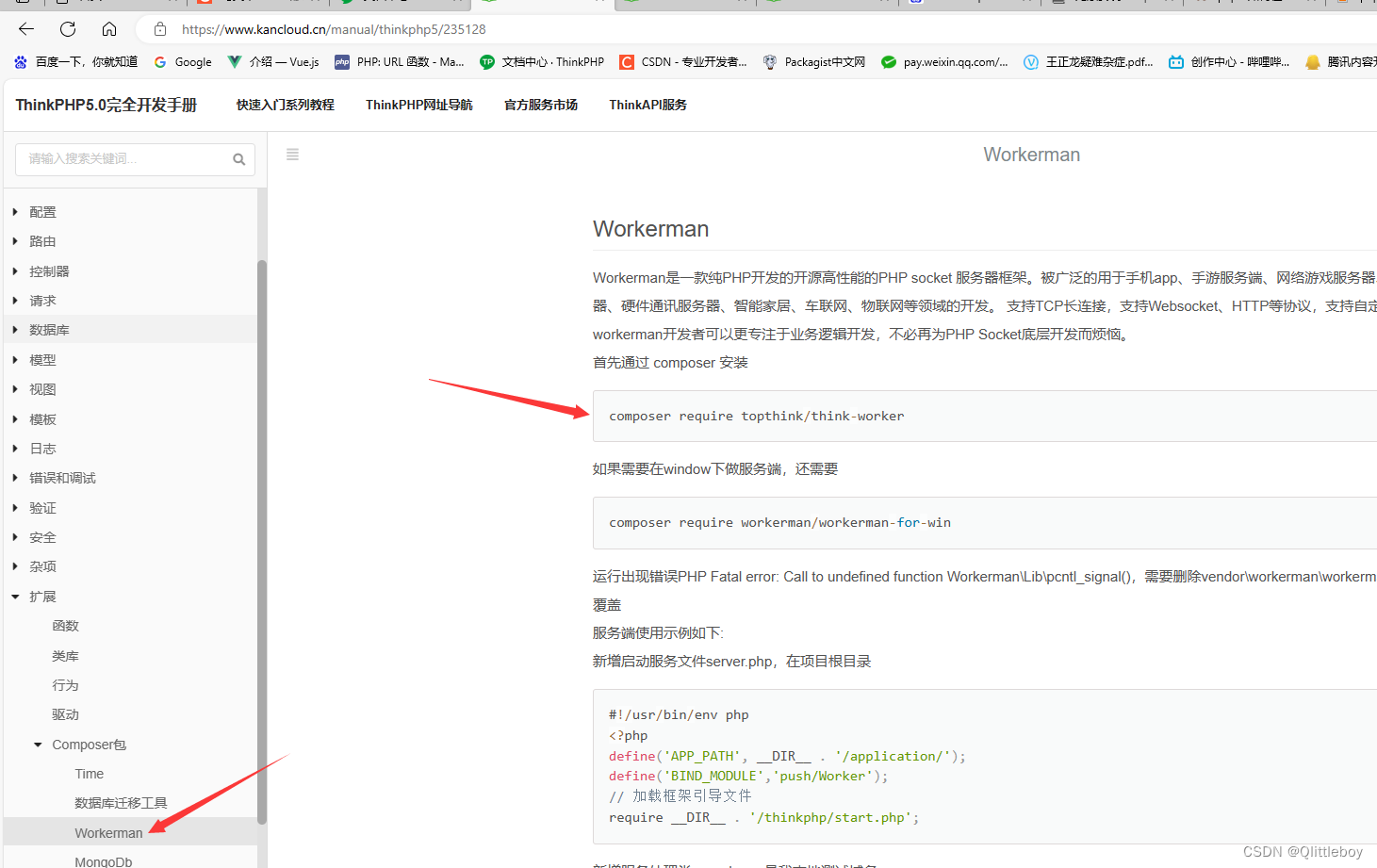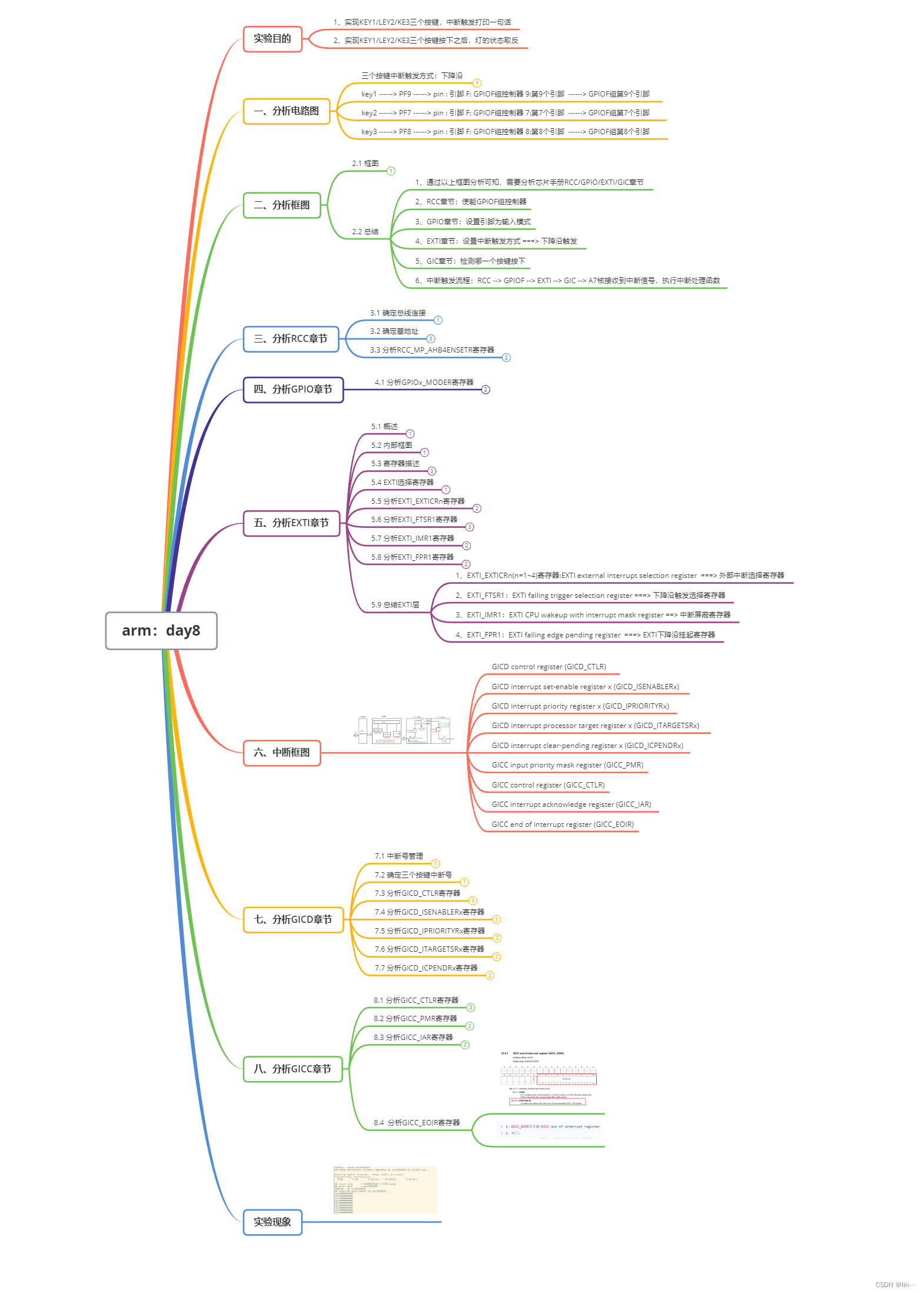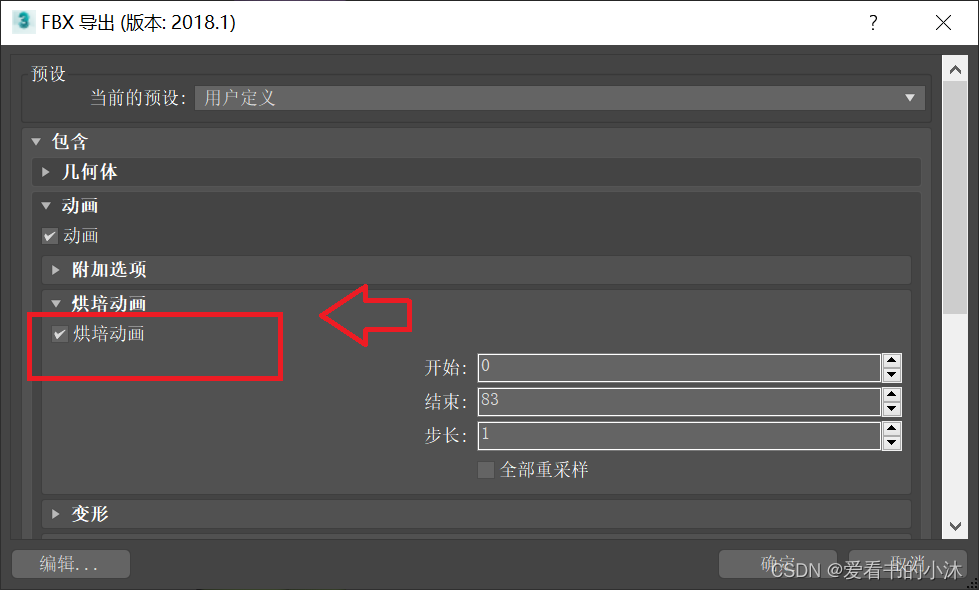自然对数底e的一些事
走的人多了就成了路
中国清代数学家李善兰(1811—1882)
凡此变数中函彼变数者,则此为彼之函数
自然对数底也是使用习惯
🍉 李善兰把function翻译为函数,函就是包含,含有变量,自此沿用至今,同时函数又以f开头,所以f g h 三个字母又常用于函数名,而 a b c d 常代表任意常数。而e因为欧拉指代自然对数的底,也就成了今天这个样子。

莱布尼茨(Leibniz)研究此领域时使用字母b

欧拉研究此领域用了字母e,并非欧拉 (Euler. leonhard) 首字母。自此一个伟大的极限就诞生了。
e = lim n → ∞ ( 1 + 1 n ) n \LARGE \begin{aligned} e=\lim\limits_{n\rightarrow \infty}(1+\dfrac{1}{n})^{n} \end{aligned} e=n→∞lim(1+n1)n
如果发现一处通用的模块或者功能,我们就为它起个名字,这就是伟大发现或者发明。
高斯
当一幢建筑物完成时,应该把脚手架拆除干净
有时候就因为这个习惯,感觉就像是天才的傀儡,他们为啥有这样的天才想法,书本里也从来不说,甚至连过程都没有。
如下是实数也成立的证明
应用拉格朗日的夹逼准则
设 n ⩽ x < n + 1 n\leqslant x \lt {n+1} n⩽x<n+1 那么
( 1 + 1 x ) n ⩽ ( 1 + 1 x ) x < ( 1 + 1 x ) n + 1 (步骤A) \large (1+\dfrac{1}{x})^n \leqslant (1+\dfrac{1}{x})^x \lt (1+\dfrac{1}{x})^{n+1}\tag{步骤A} (1+x1)n⩽(1+x1)x<(1+x1)n+1(步骤A)
上式左侧缩小就可以去除等号,右侧放大也依然成立
( 1 + 1 x ) n ⇒ 用 n + 1 替换 x ( 1 + 1 n + 1 ) n ( 1 + 1 x ) n + 1 ⇒ 用 n 替换 x ( 1 + 1 n ) n + 1 \LARGE \begin{aligned} &\boxed{(1+\dfrac{1}{x})^n }\xRightarrow{用n+1替换x}\boxed{(1+\dfrac{1}{n+1})^n } \\ &\boxed{(1+\dfrac{1}{x})^{n+1} }\xRightarrow{用n替换x}\boxed{(1+\dfrac{1}{n})^{n+1} } \end{aligned} (1+x1)n用n+1替换x(1+n+11)n(1+x1)n+1用n替换x(1+n1)n+1
那么步骤A变成了
( 1 + 1 n + 1 ) n < ( 1 + 1 x ) x < ( 1 + 1 n ) n + 1 (步骤B) \large (1+\dfrac{1}{n+1})^n \lt (1+\dfrac{1}{x})^x \lt (1+\dfrac{1}{n})^{n+1}\tag{步骤B} (1+n+11)n<(1+x1)x<(1+n1)n+1(步骤B)
左右两侧如果都是e,通过拉格朗日夹逼准则就证明了正实数也是e
lim n → ∞ ( 1 + 1 n + 1 ) n = lim n → ∞ ( 1 + 1 n + 1 ) n + 1 1 + 1 n + 1 = e lim n → ∞ ( 1 + 1 n ) n + 1 = lim n → ∞ ( 1 + 1 n ) n ( 1 + 1 n ) = e \LARGE \begin{aligned} &\lim\limits_{n\rightarrow \infty}(1+\dfrac{1}{n+1})^n &&= \lim\limits_{n\rightarrow \infty}\dfrac{(1+\dfrac{1}{n+1})^{n+1}}{1+\dfrac{1}{n+1}}&&&=e\\ &\lim\limits_{n\rightarrow \infty}(1+\dfrac{1}{n})^{n+1} &&= \lim\limits_{n\rightarrow \infty}(1+\dfrac{1}{n})^{n} (1+\dfrac{1}{n})&&&=e \end{aligned} n→∞lim(1+n+11)nn→∞lim(1+n1)n+1=n→∞lim1+n+11(1+n+11)n+1=n→∞lim(1+n1)n(1+n1)=e=e
x趋向于正无穷得证
e = lim x → + ∞ ( 1 + 1 x ) x \LARGE \begin{aligned} \boxed{e=\lim\limits_{x\rightarrow +\infty}(1+\dfrac{1}{x})^{x}} \end{aligned} e=x→+∞lim(1+x1)x
设 x = − ( t + 1 ) , 那么 x → − ∞ , 则 t → ∞ x=-(t+1),那么x\rightarrow -\infty,则\, t\rightarrow\infty x=−(t+1),那么x→−∞,则t→∞
lim x → − ∞ ( 1 + 1 x ) x = lim t → ∞ ( 1 − 1 t + 1 ) − ( t + 1 ) = lim t → ∞ ( t t + 1 ) − ( t + 1 ) = lim t → ∞ ( t + 1 t ) ( t + 1 ) = lim t → ∞ ( 1 + 1 t ) ( t + 1 ) = lim t → ∞ ( 1 + 1 t ) t ( 1 + 1 t ) = e \LARGE \begin{aligned} \\ \lim\limits_{x\rightarrow -\infty}(1+\dfrac{1}{x})^x &= \lim\limits_{t\rightarrow \infty}(1-\dfrac{1}{t+1})^{-(t+1)} = \lim\limits_{t\rightarrow \infty}(\dfrac{t}{t+1})^{-(t+1)}\\ &= \lim\limits_{t\rightarrow \infty}(\dfrac{t+1}{t})^{(t+1)}=\lim\limits_{t\rightarrow \infty}(1+\dfrac{1}{t})^{(t+1)}\\ &=\lim\limits_{t\rightarrow \infty}(1+\dfrac{1}{t})^t(1+\dfrac{1}{t})\\ &=e \end{aligned} x→−∞lim(1+x1)x=t→∞lim(1−t+11)−(t+1)=t→∞lim(t+1t)−(t+1)=t→∞lim(tt+1)(t+1)=t→∞lim(1+t1)(t+1)=t→∞lim(1+t1)t(1+t1)=e
至此实数公式得证
e = lim x → ∞ ( 1 + 1 x ) x \LARGE \begin{aligned} \fcolorbox{#ffae42}{#2E8B57}{\textcolor{White}{$e=\lim\limits_{x\rightarrow \infty}(1+\dfrac{1}{x})^{x}$}} \end{aligned} e=x→∞lim(1+x1)x
为什么要创造 l n ln ln函数?
l o g a x log_ax logax 如果进行抽象就是算子[自变量],算子就是 l o g a [ ] log_a[\quad] loga[] 那么a代表任意常数,如果用一个确定的 e e e似乎曲解了原意, l o g e [ ] e log_e[\quad] \quad e loge[]e 并不是代表任意常数。
l o g e [ ] log_e[\quad] loge[] 也不够简洁, l n ln ln 就制造出来了,通用功能给起个名字就是创造。
logarithm 与 nature 各取首字母就成了新的算子 l n [ ] ln[\quad] ln[]
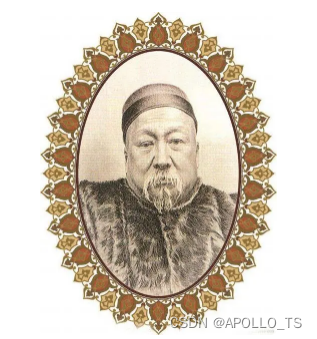


![[C++ 网络协议] 多进程服务器端](https://img-blog.csdnimg.cn/47be9f1dcd4d489eb181f5275390a81c.png)

